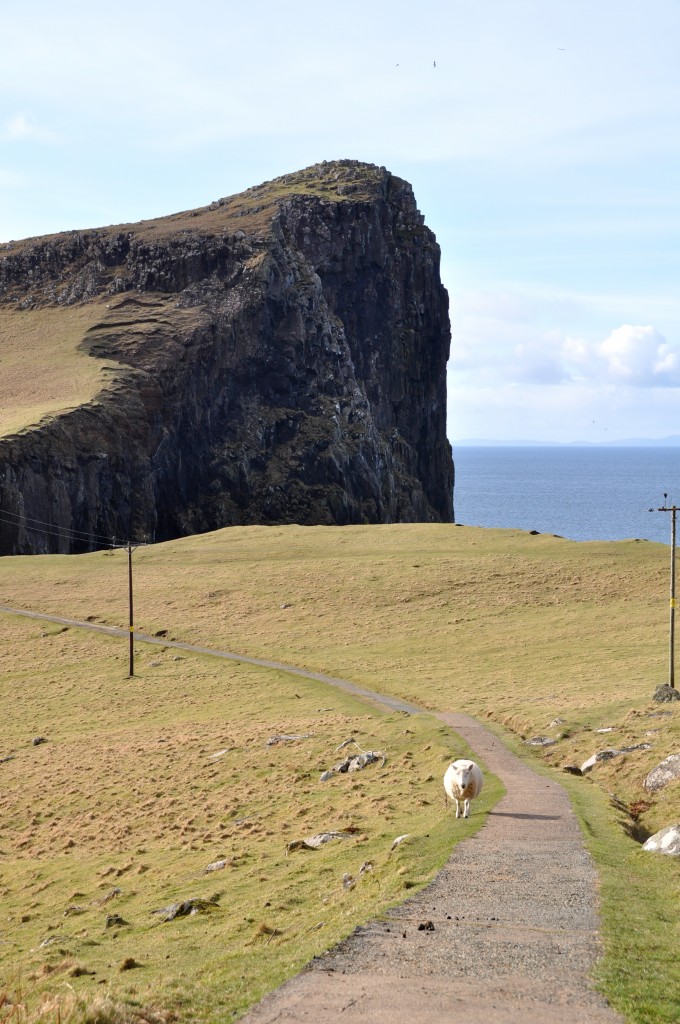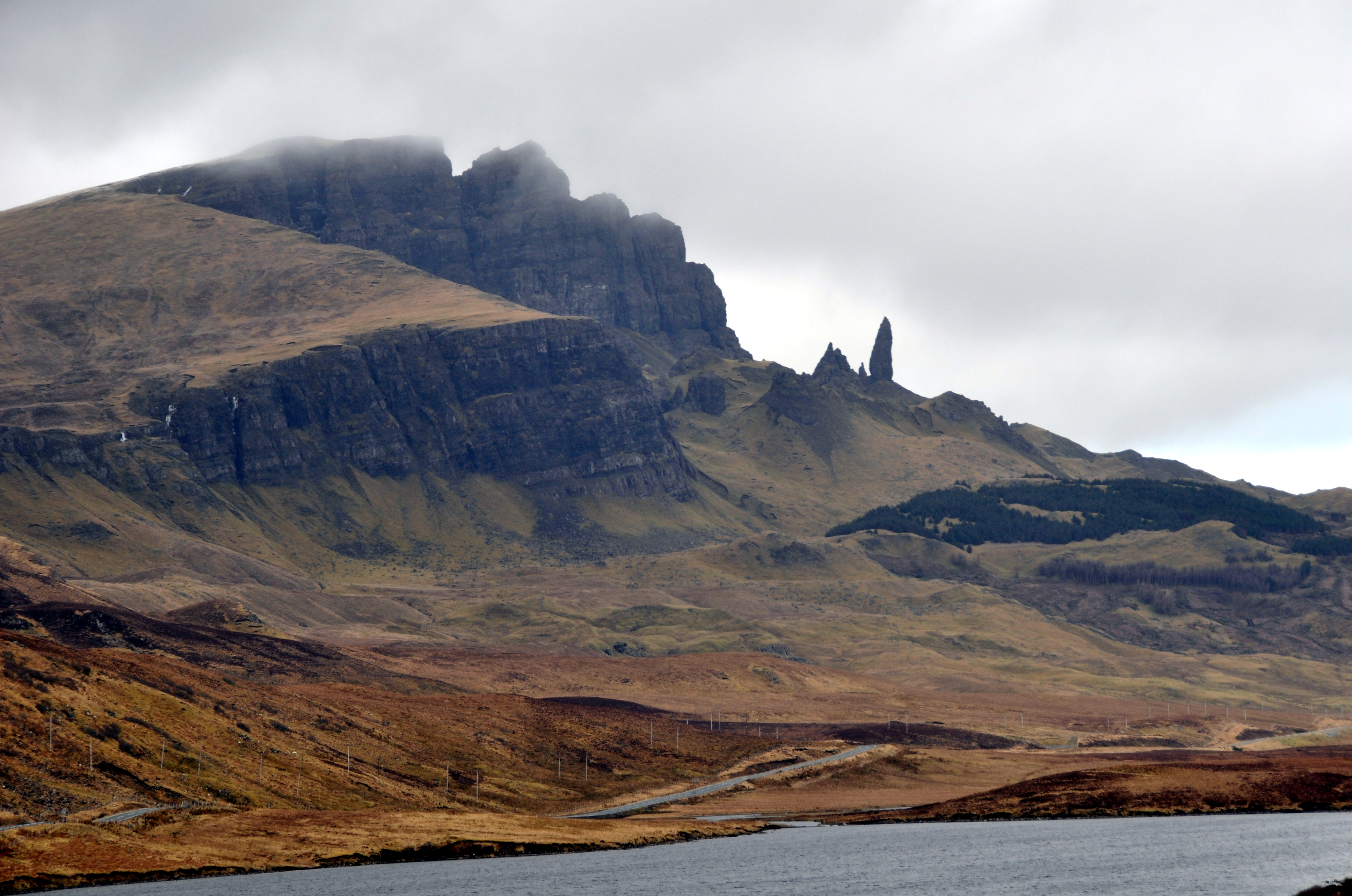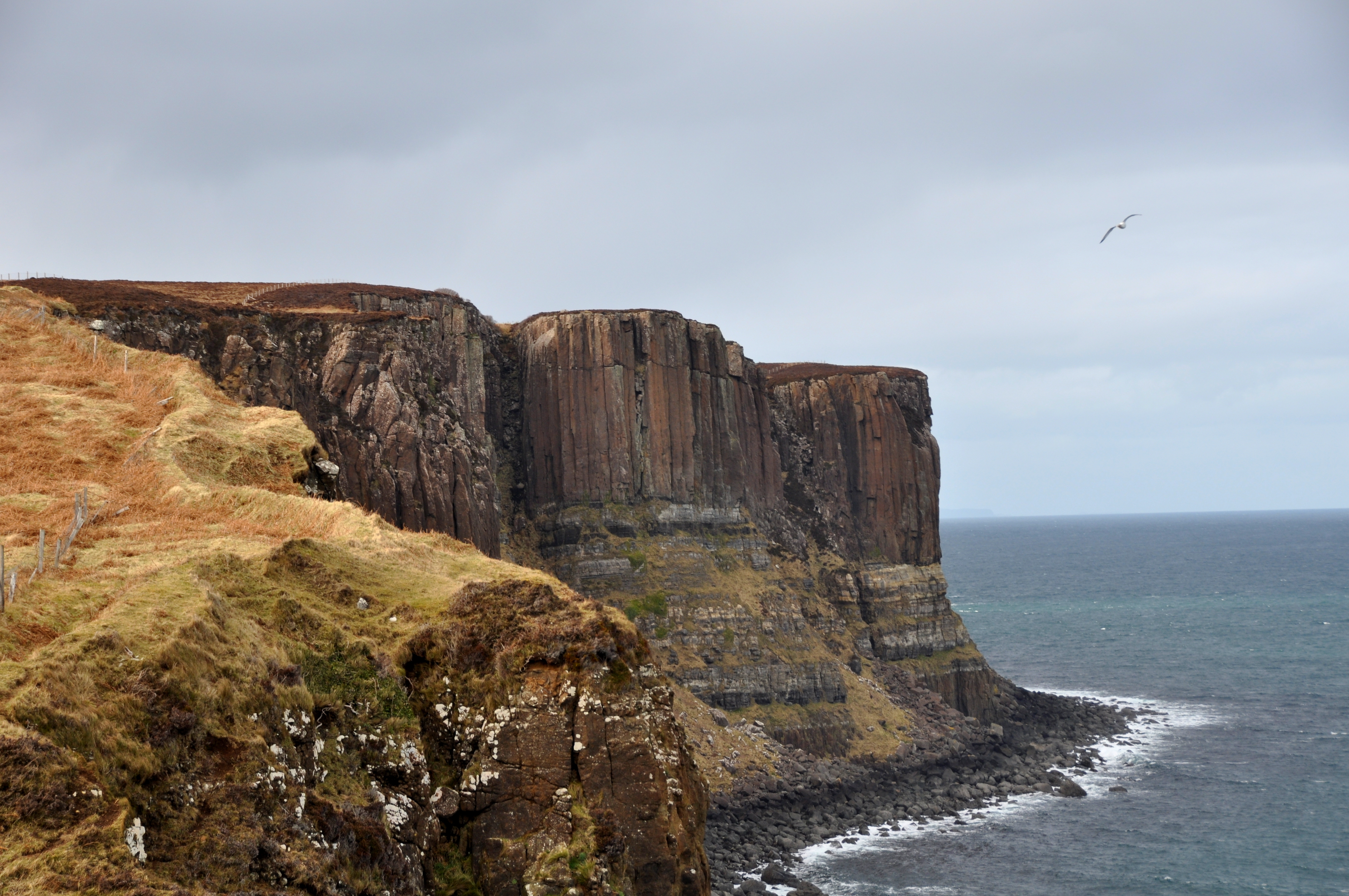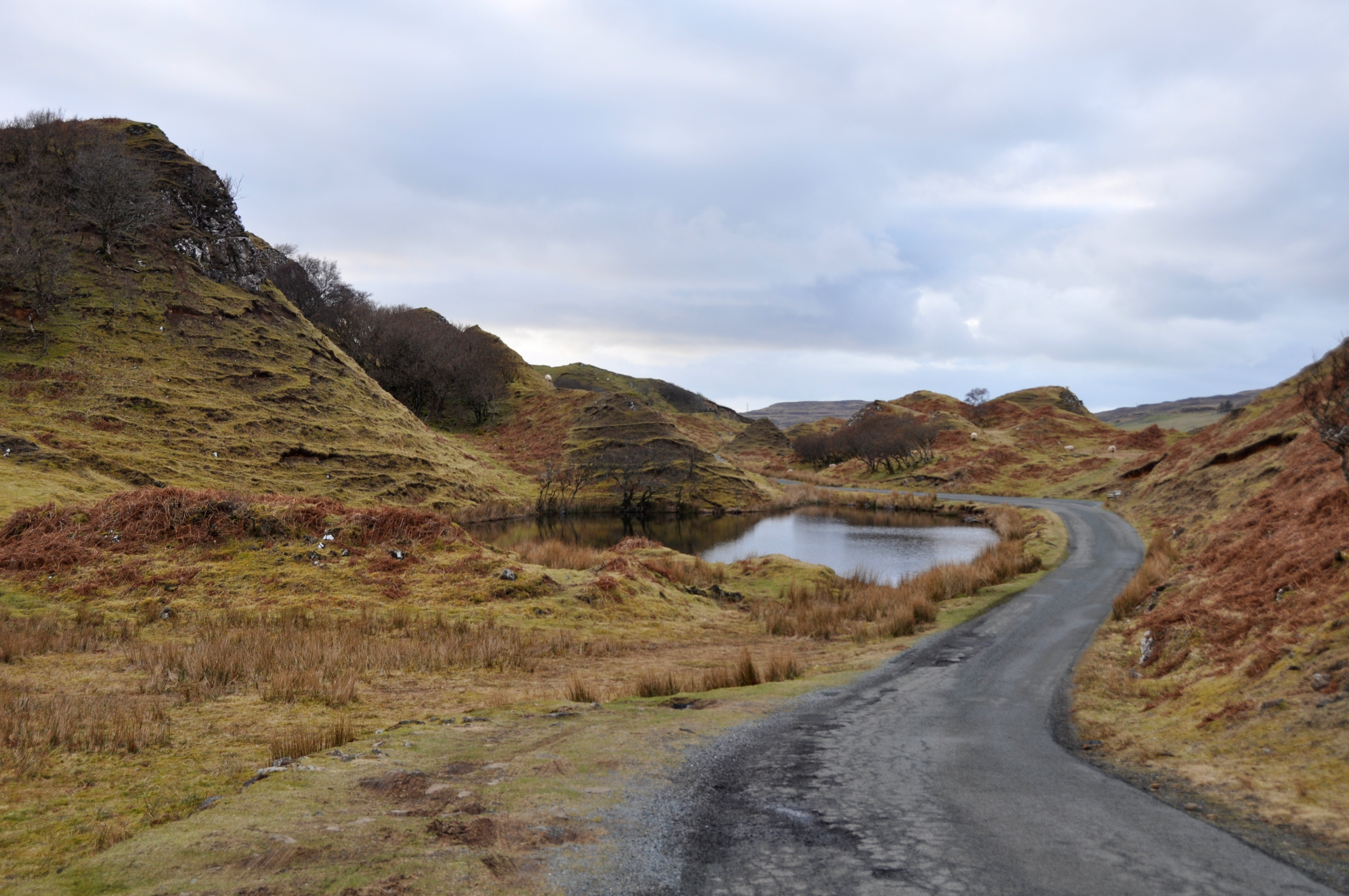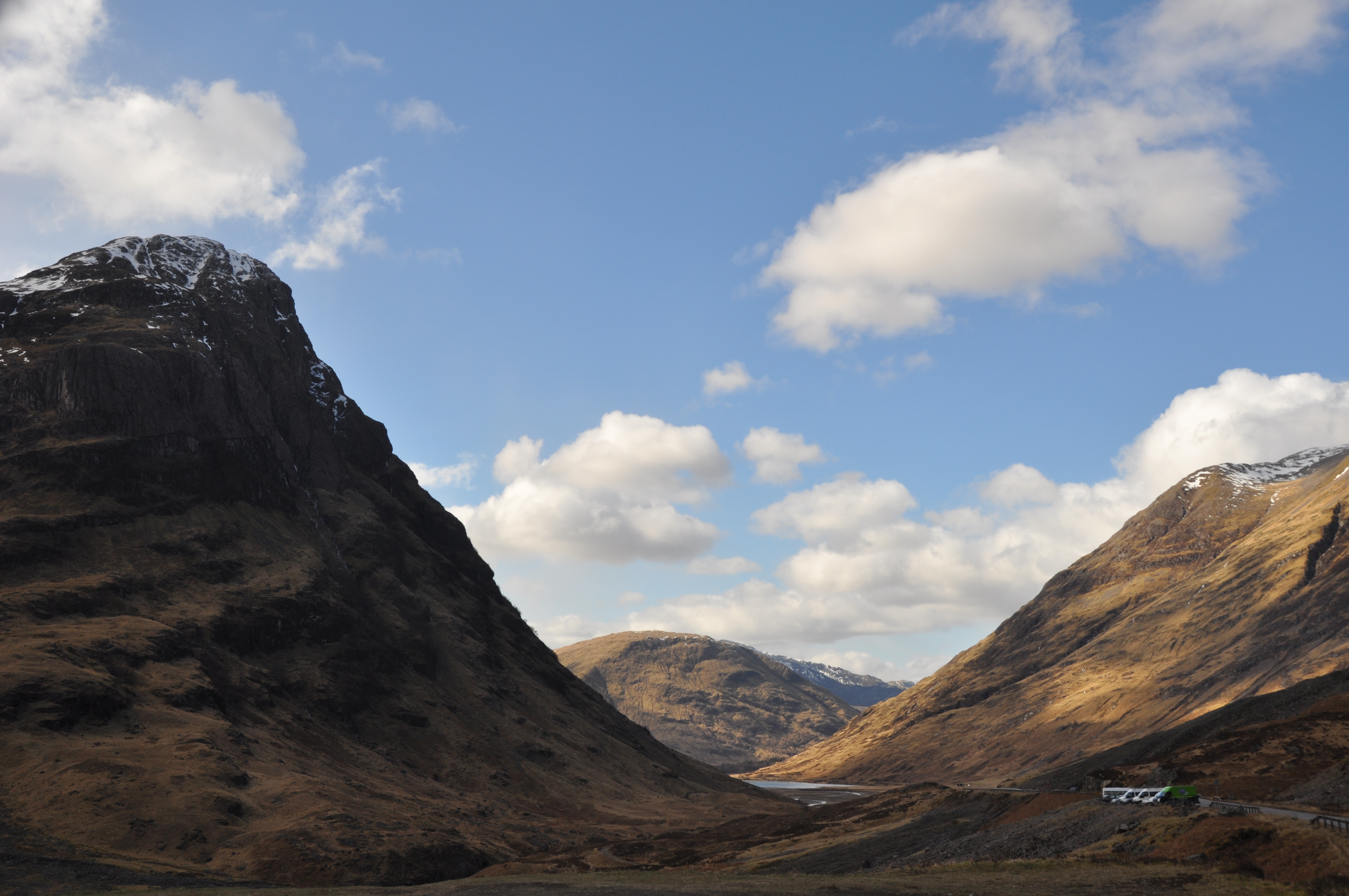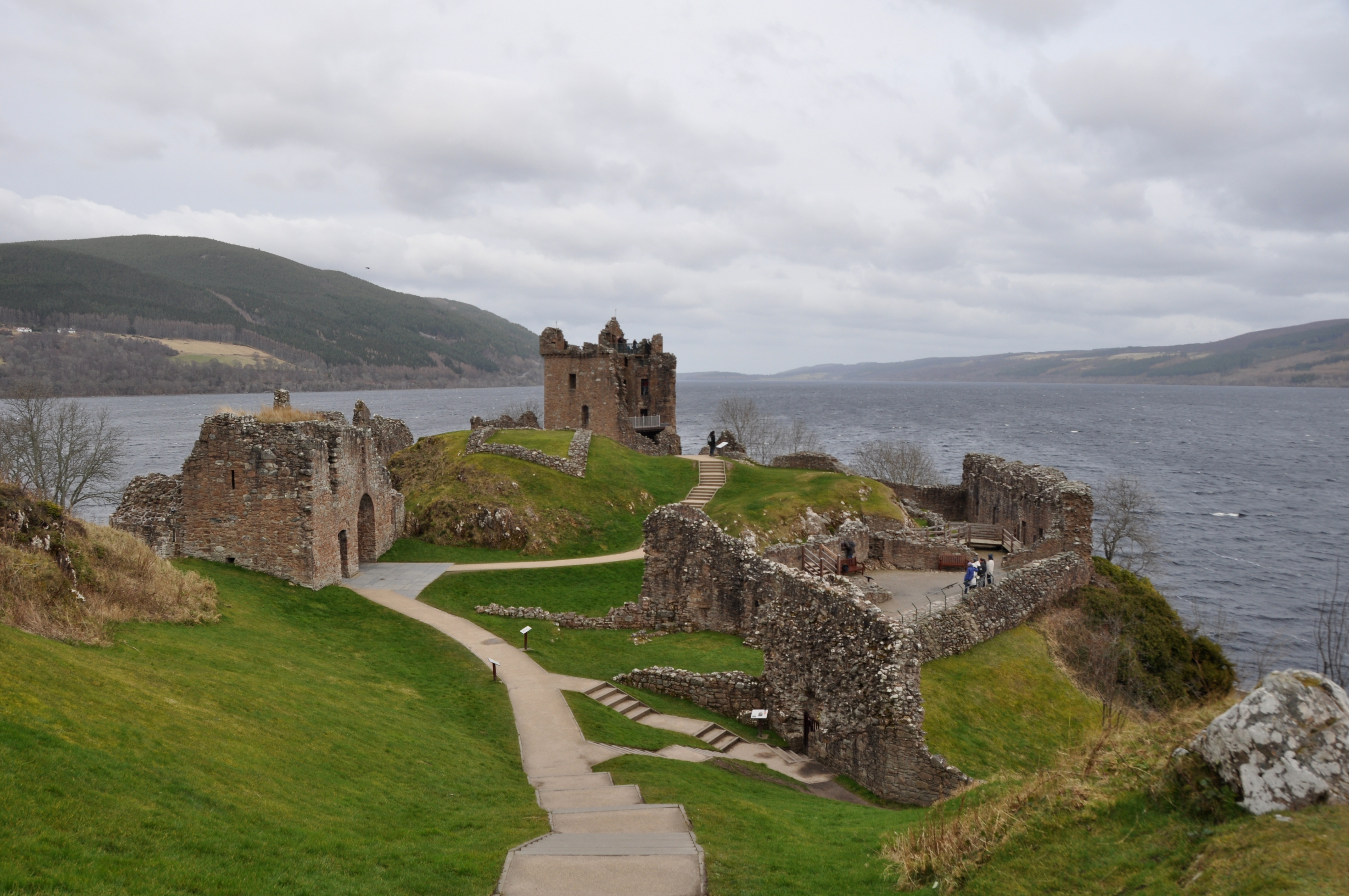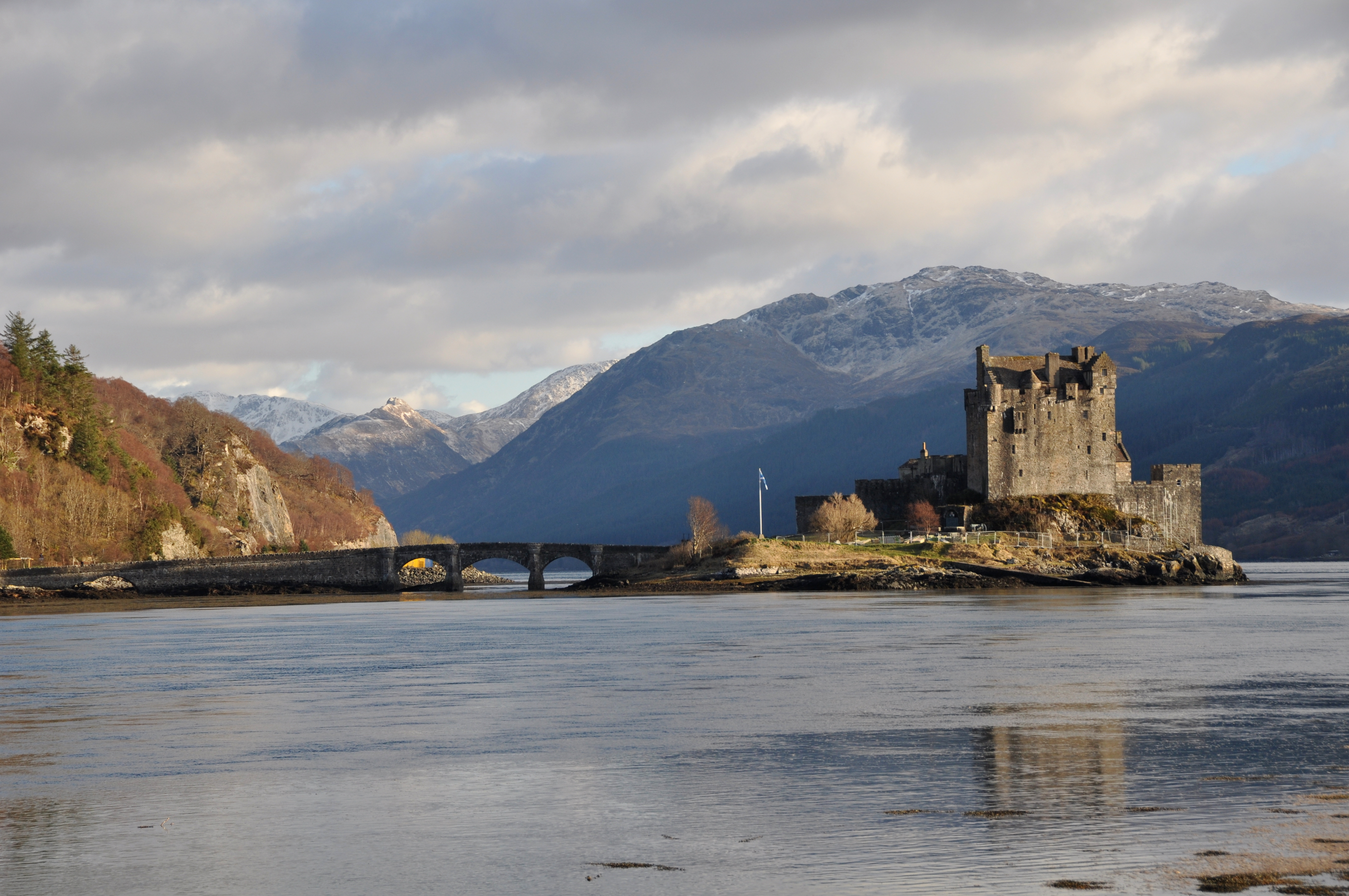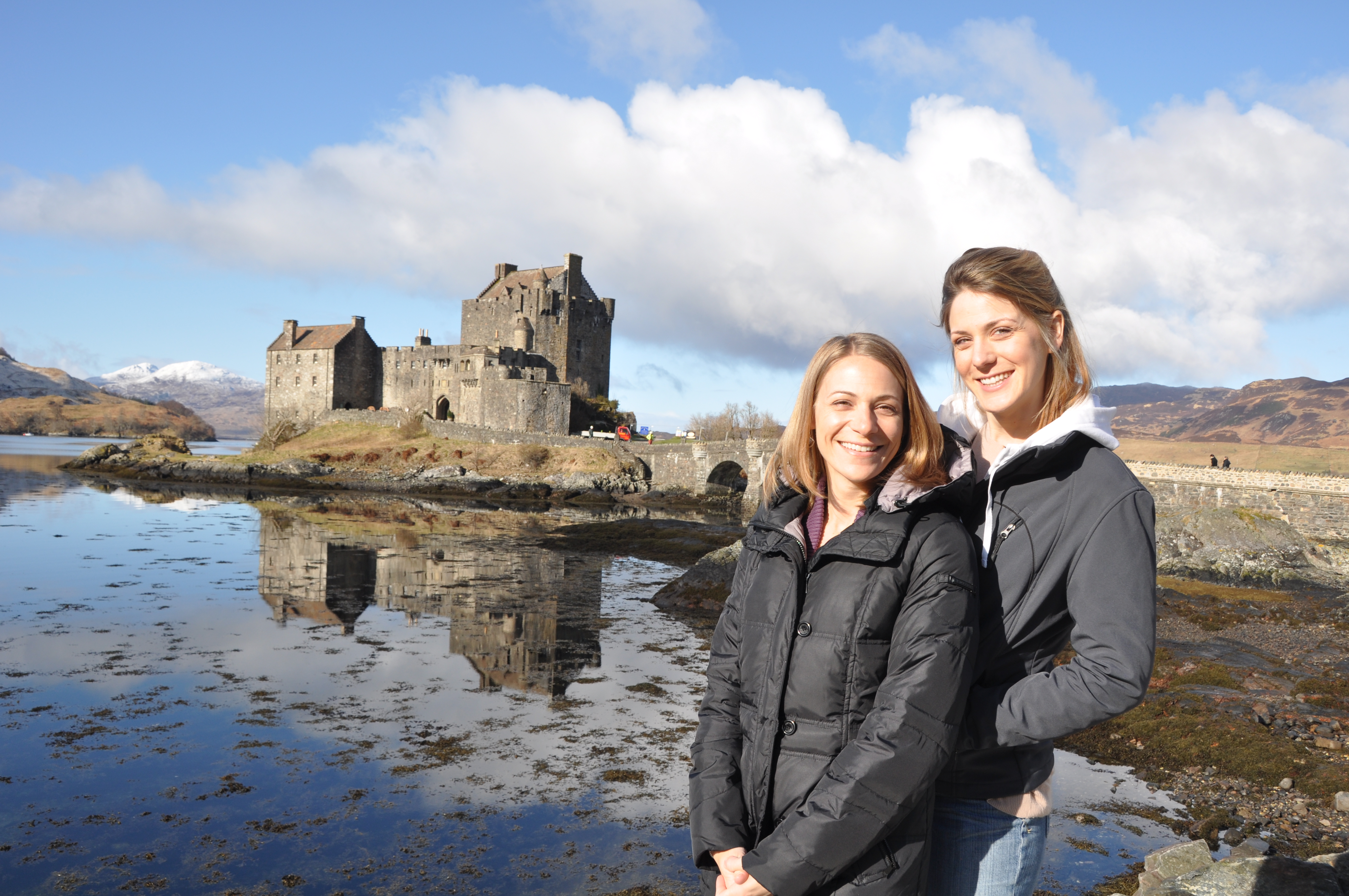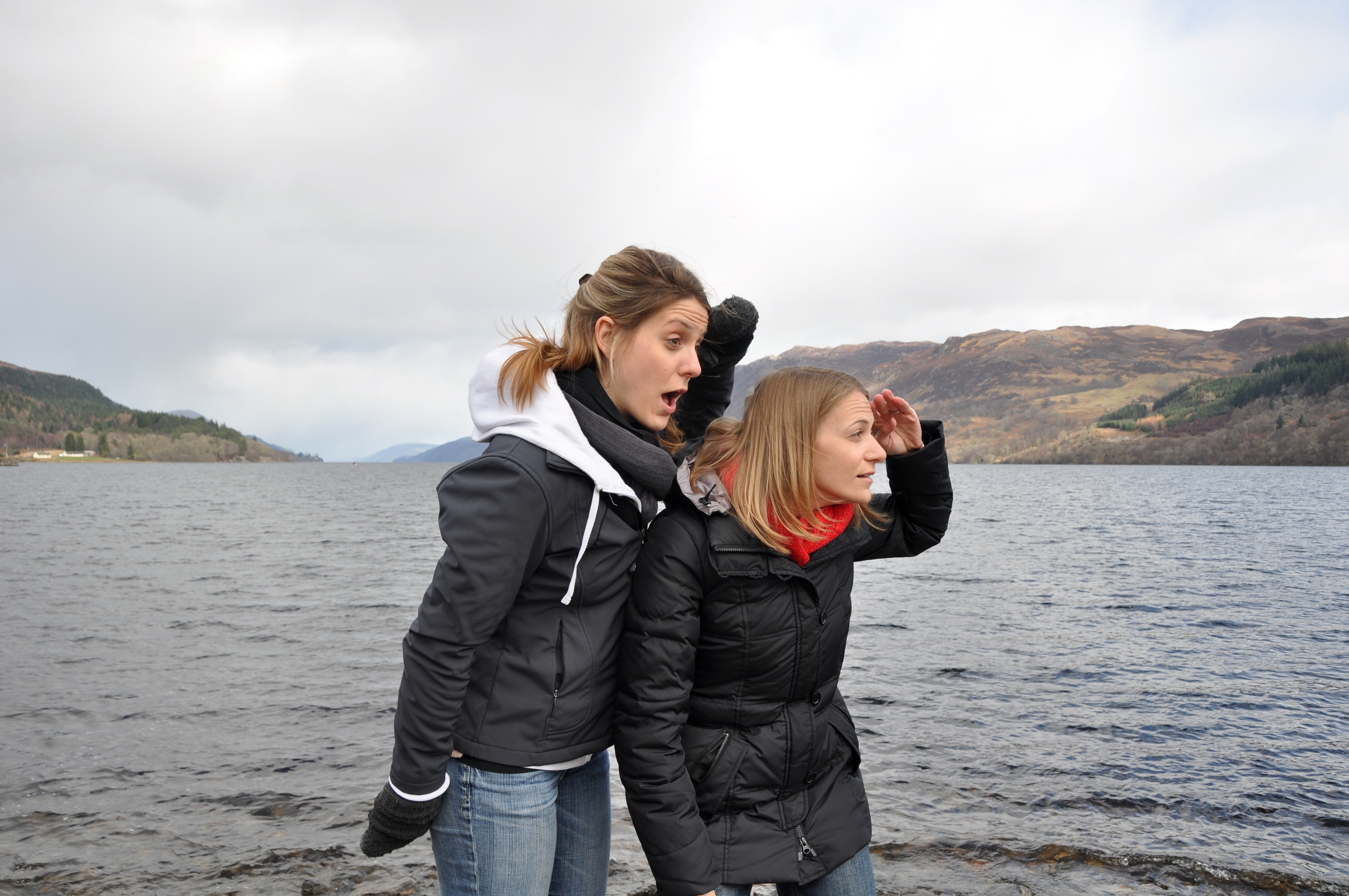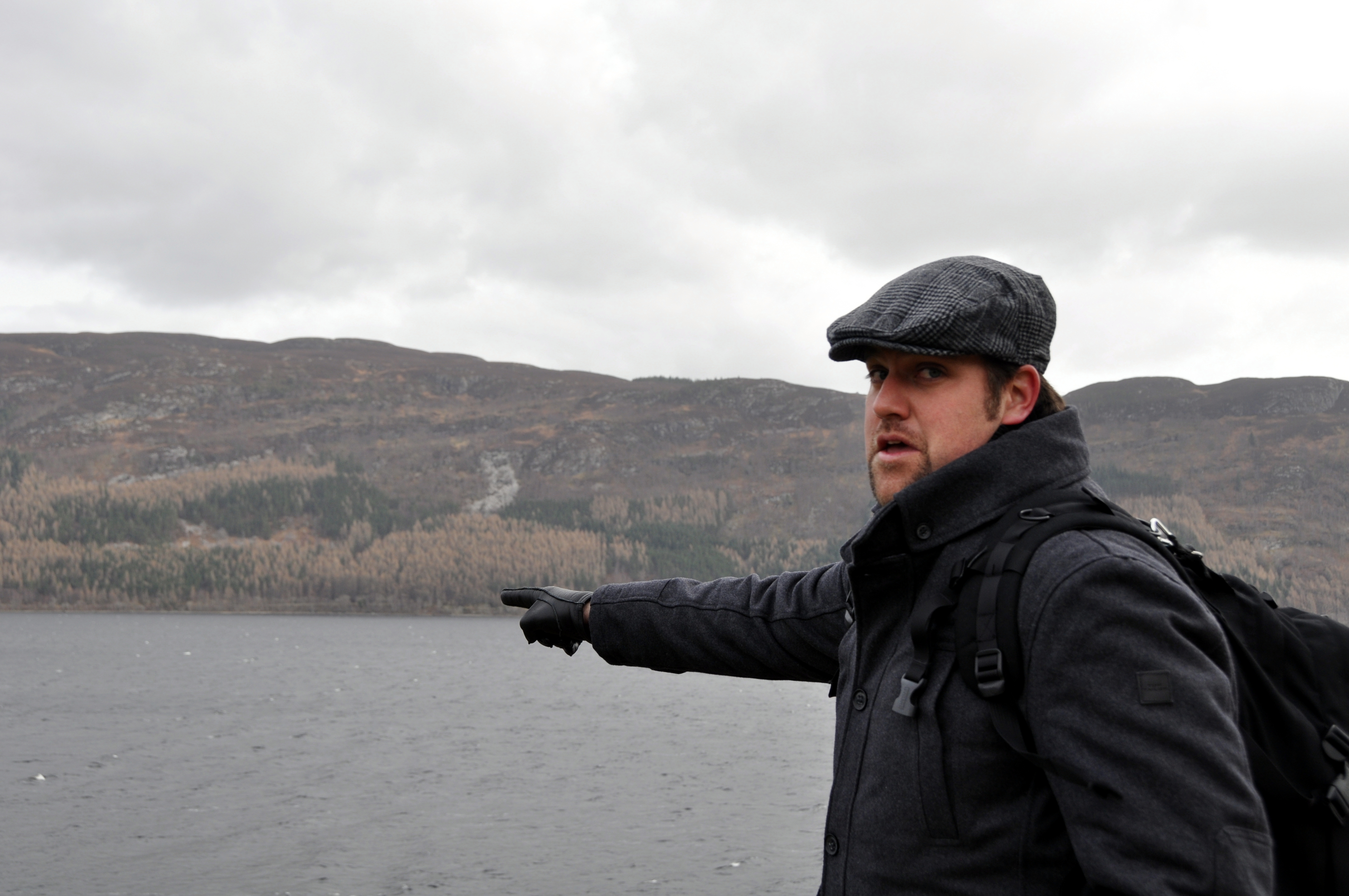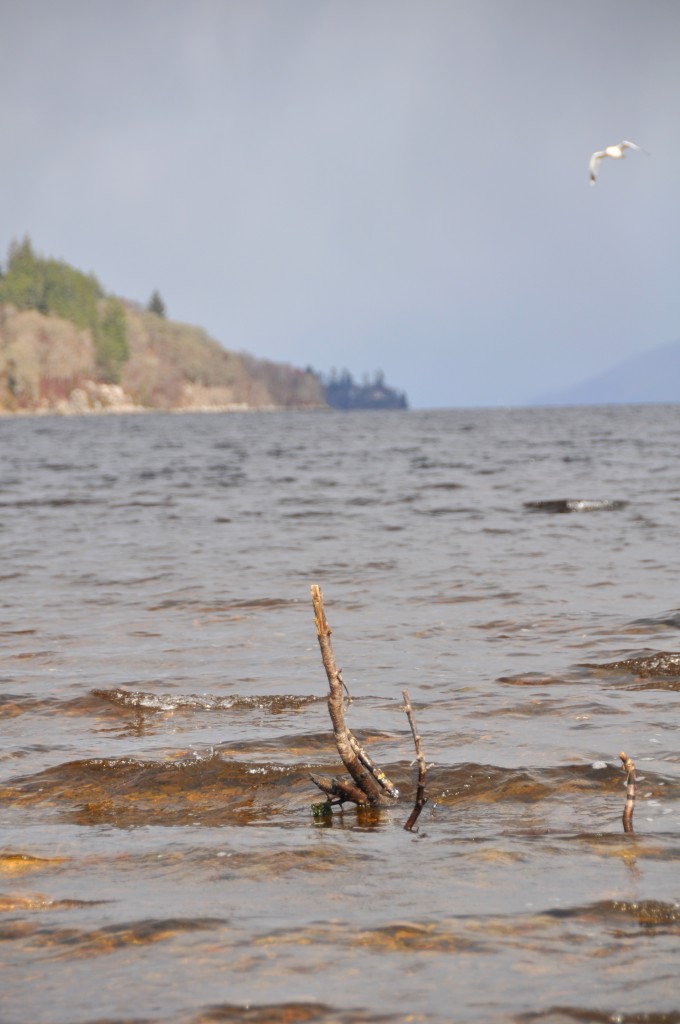Apparently I have a shtick. Without provocation, I was told by Eric that he and my sister had officially decided on my shtick: large, hairy mammals.
Reflecting on this bold (and brave!) statement, I decided the following things:
I could say that I have never dedicated an entire blog post to large, hairy mammals, but that would be a lie. (click here and here)
I could say that I have never planned an entire day around seeking out local wildlife, but that would also be a lie. (click here) [Although these are neither large, hairy, or mammalian, they still dictated our travel itinerary.]
I could also say that I did not spent a day with my sister searching out Scotland’s most famous large, hairy, mammal, but that would be yet another lie. (read on)
Yes, it’s true. A priority on my Scotland to-do list was to find the Highland Coo! Thankfully, my travel partner was just as excited.
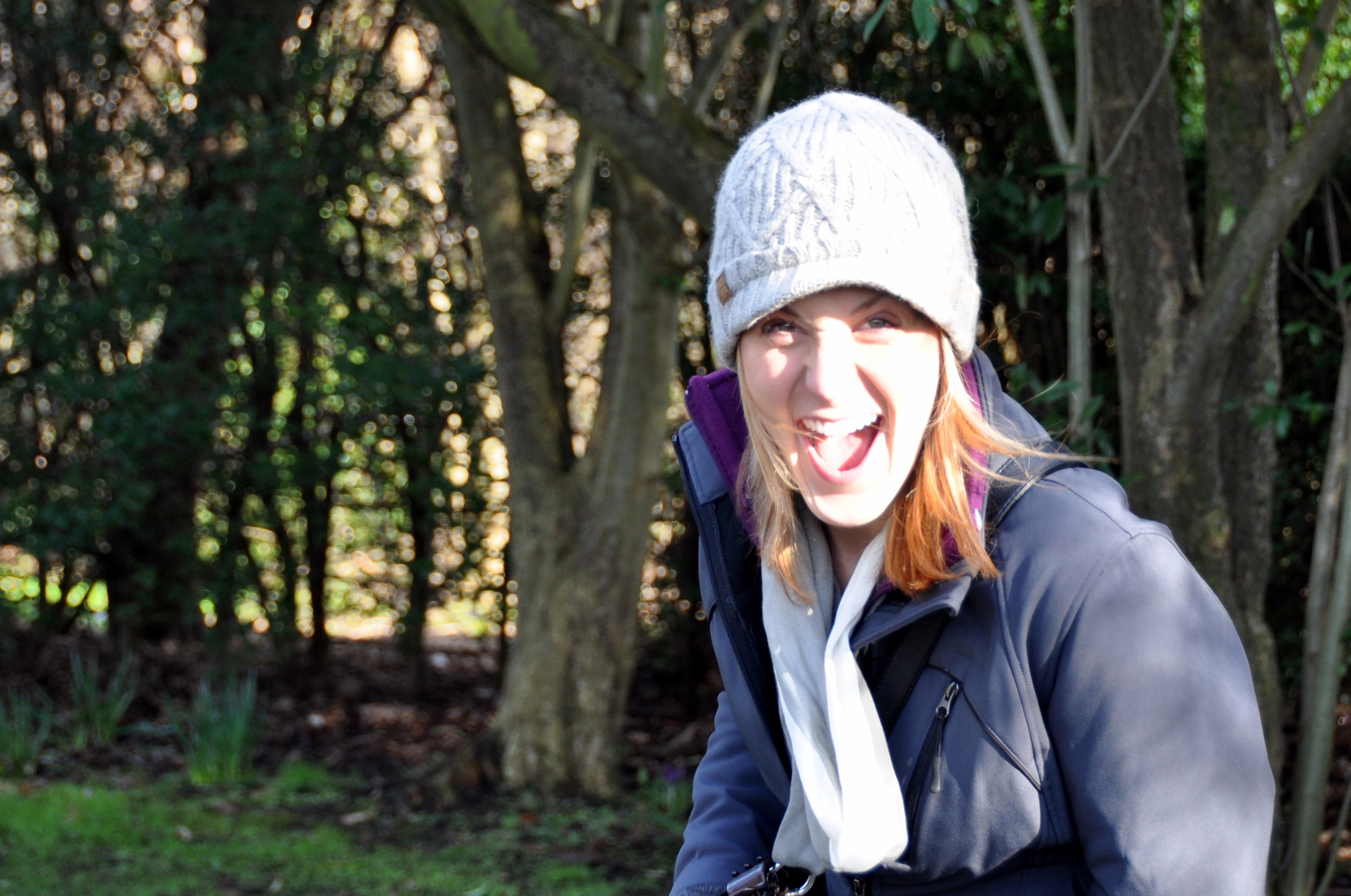
After a bus ride, some wandering, and maybe a wee bit of trespassing, we found our treasures.
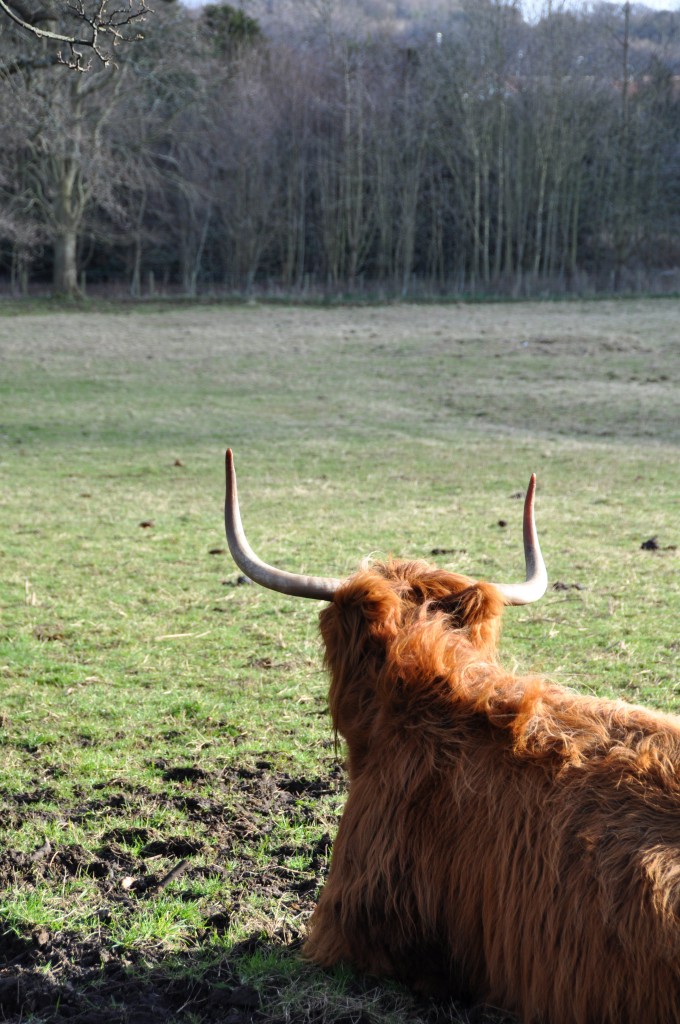 The Highland Coo is a breed of cattle originating from the Scottish Highlands, raised almost exclusively for beef. The beef is more expensive because it takes Highland Coos 3 years to reach reproductive age, versus the 1.5 years for typical cattle breeds.
The Highland Coo is a breed of cattle originating from the Scottish Highlands, raised almost exclusively for beef. The beef is more expensive because it takes Highland Coos 3 years to reach reproductive age, versus the 1.5 years for typical cattle breeds.
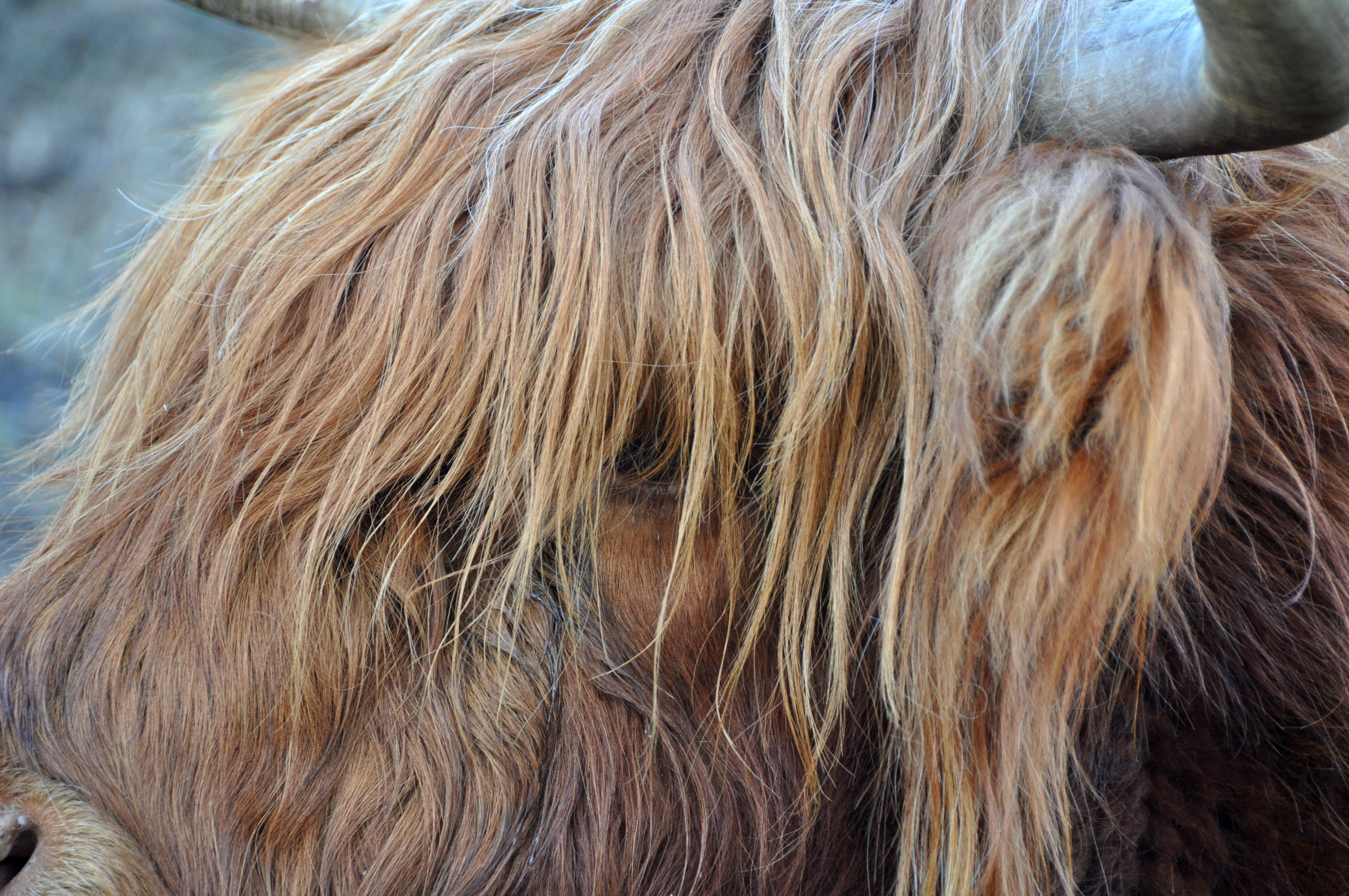 Red is the typical coloring for Coos and black the rarest.
Red is the typical coloring for Coos and black the rarest.
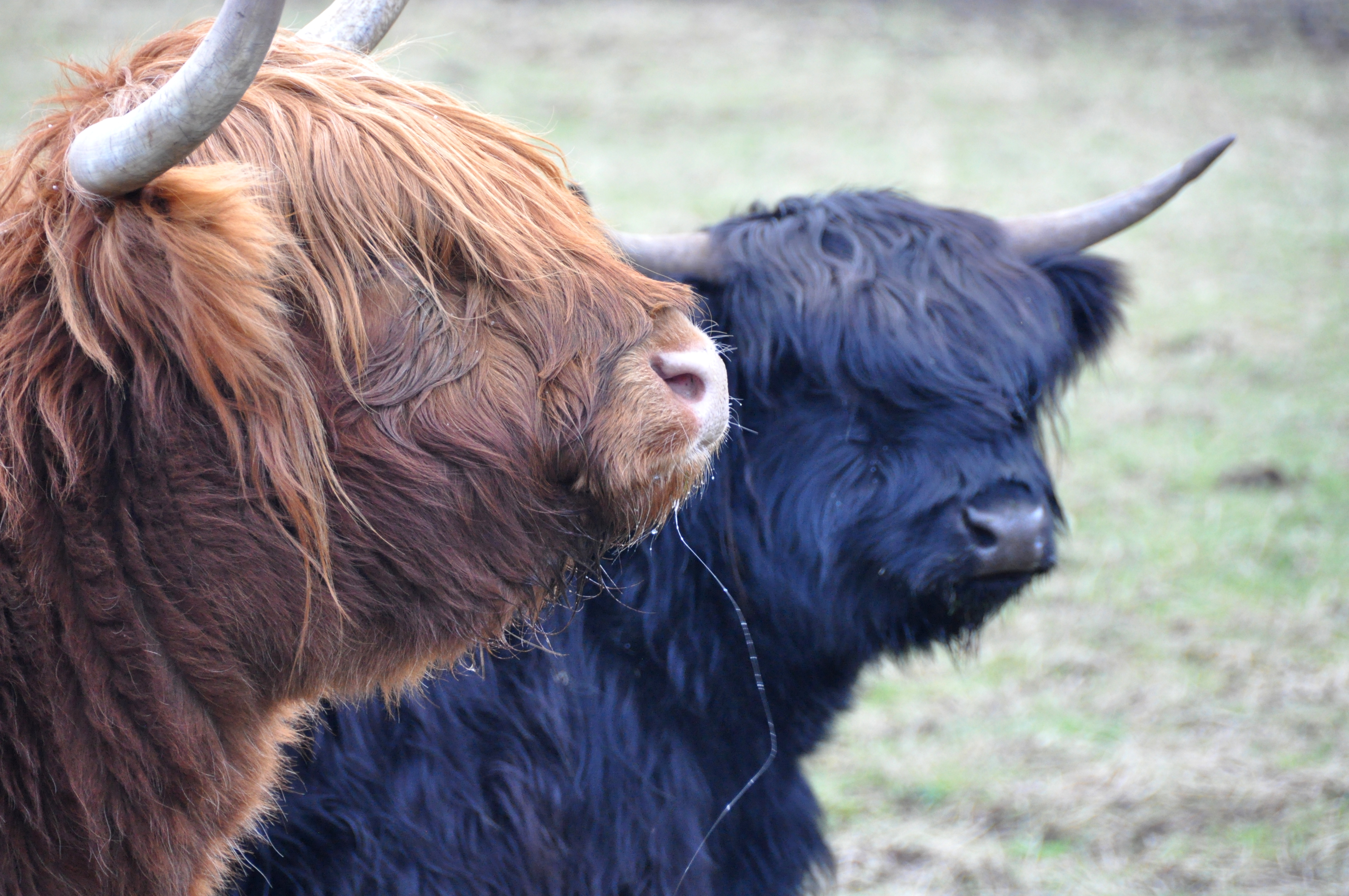
Yes, that is drool coming out of the red coo’s mouth.
The coolest thing about Highland Coos: both genders have horns and you can determine the sex of an individual based on the horns. Female coos have upward pointing horns, which are better for protecting young calves.
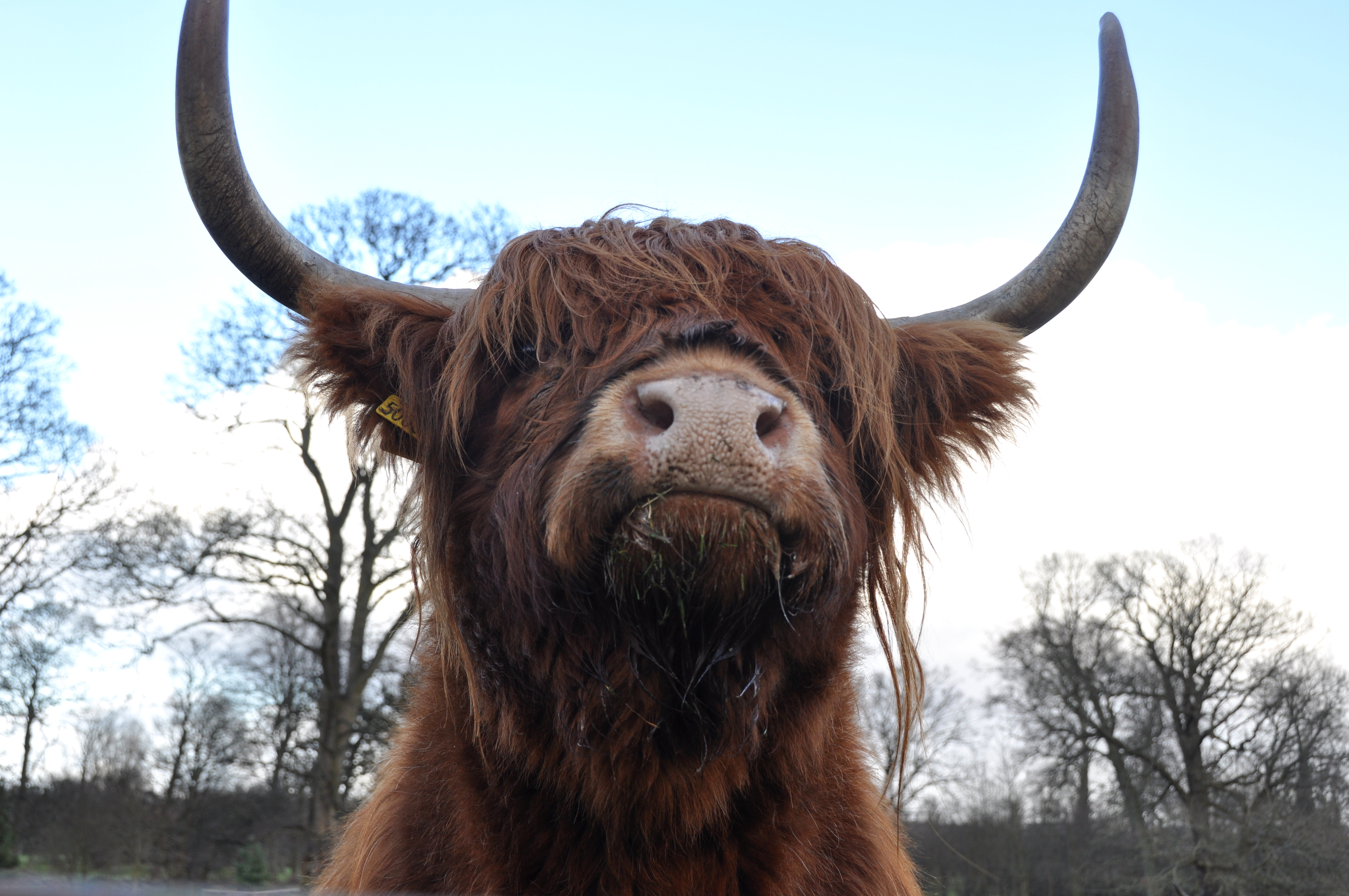 Males have horns that point outwards and can grow to be quite curvy and convoluted.
Males have horns that point outwards and can grow to be quite curvy and convoluted.
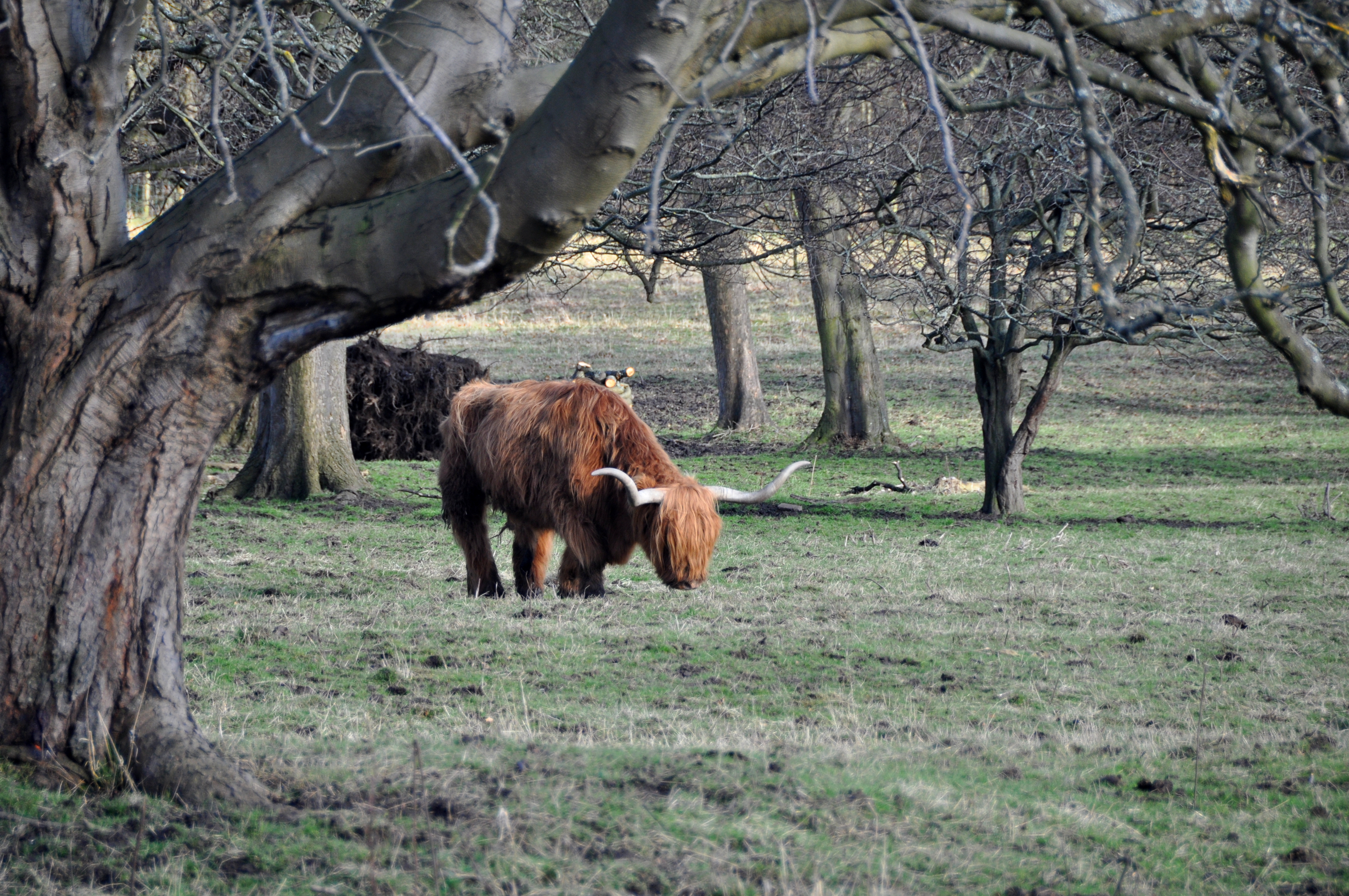 Our favorite lady would get close to the fence, but clearly had no situational awareness regarding the span of her own horns. When too close to the fence, a simple turn of the head could leave a would-be-Cuddler with a close encounter of the wrong kind.
Our favorite lady would get close to the fence, but clearly had no situational awareness regarding the span of her own horns. When too close to the fence, a simple turn of the head could leave a would-be-Cuddler with a close encounter of the wrong kind.
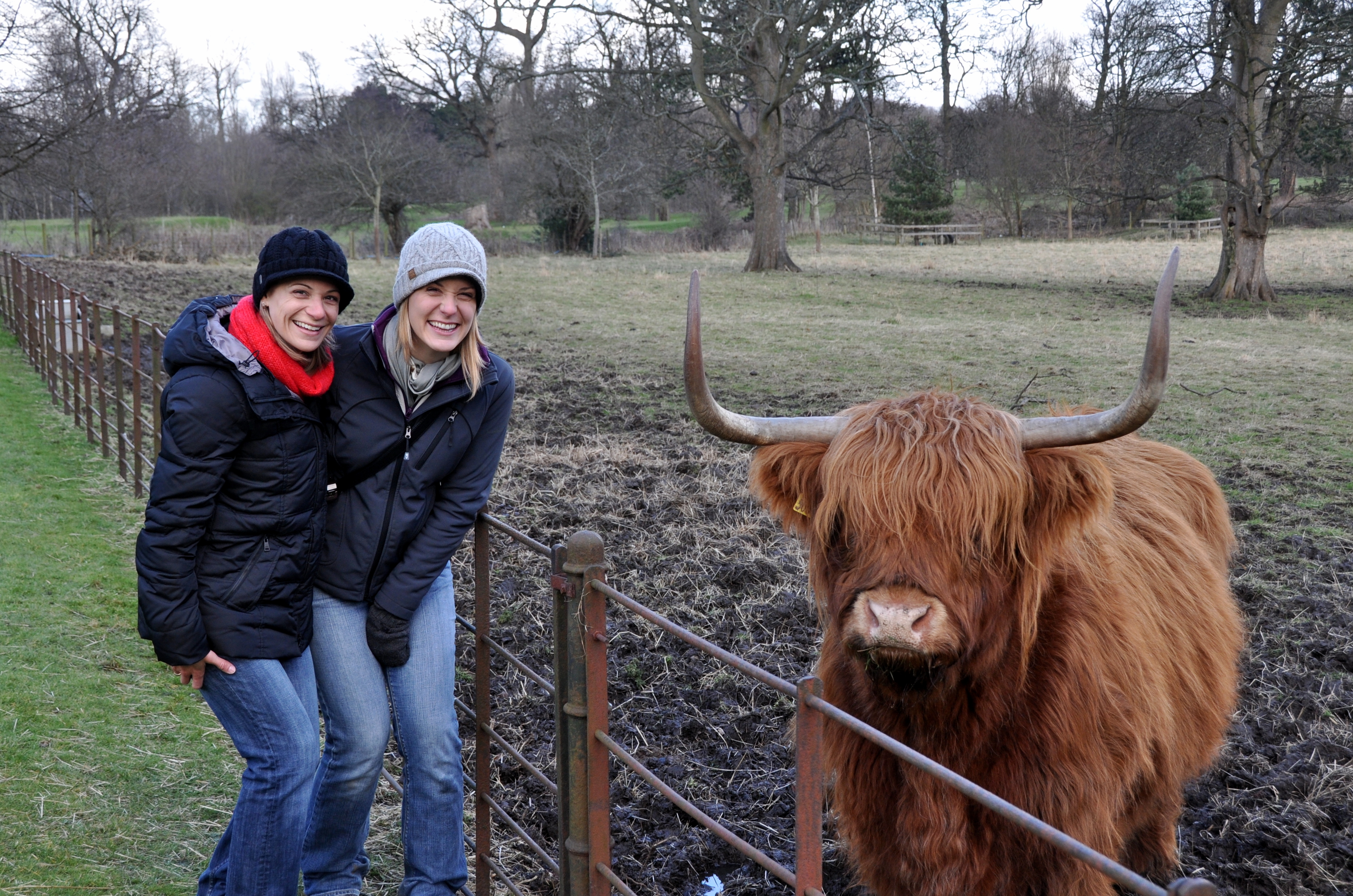
This is the “escape” stance. It is easier to dodge horns with bent knees!
Oh, you wanted to see more pictures of large, hairy mammals? No problem…I can easily oblige.
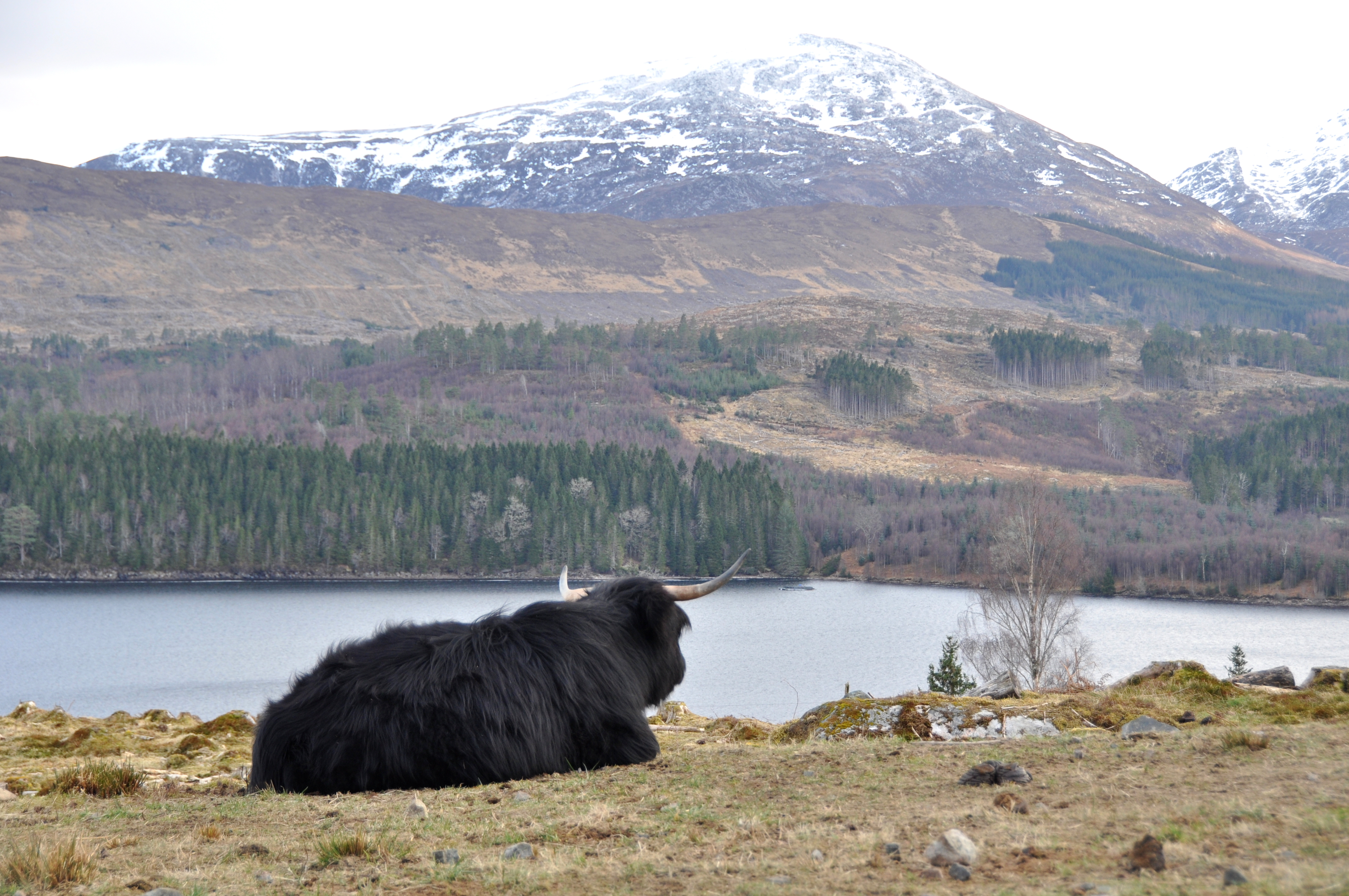
View of Loch Gary
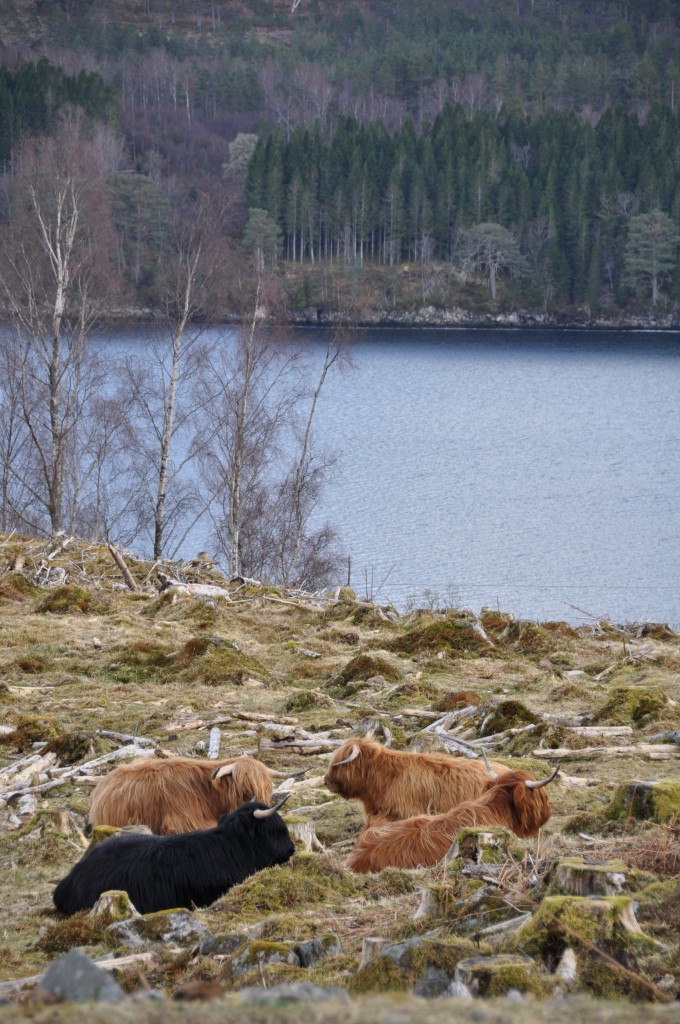
Ladies resting near Loch Gary.
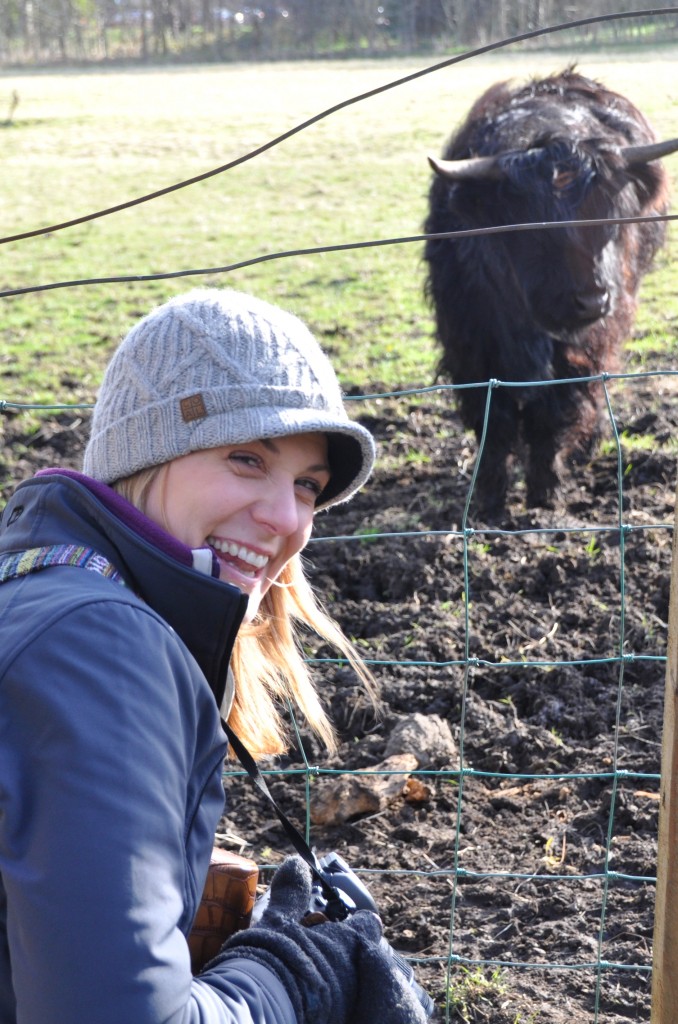
I am happily embracing my newly-declared shtick. At least I have one – some people go their entire lives without. Not having a shtick must feel about as good as licking your own nostril…

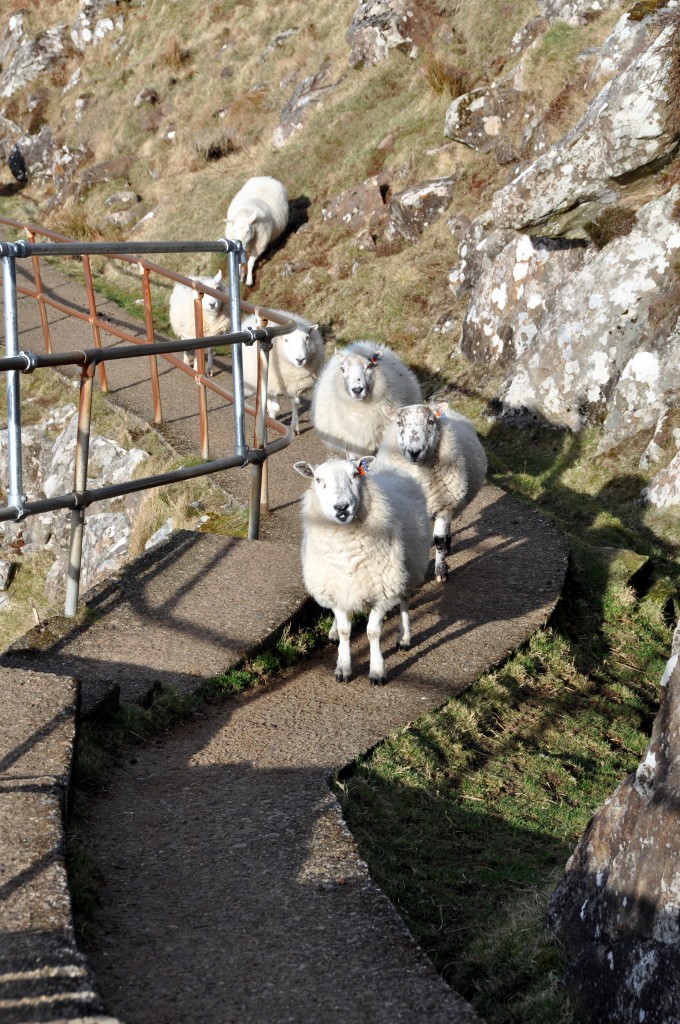 The Old Man of Storr wasn’t super excited about showing his face through the impending sleet.
The Old Man of Storr wasn’t super excited about showing his face through the impending sleet. No trip is complete without a few jump shots!
No trip is complete without a few jump shots! Finally, Fairy Meadow, with its little loch, little trees, and little hills.
Finally, Fairy Meadow, with its little loch, little trees, and little hills.
